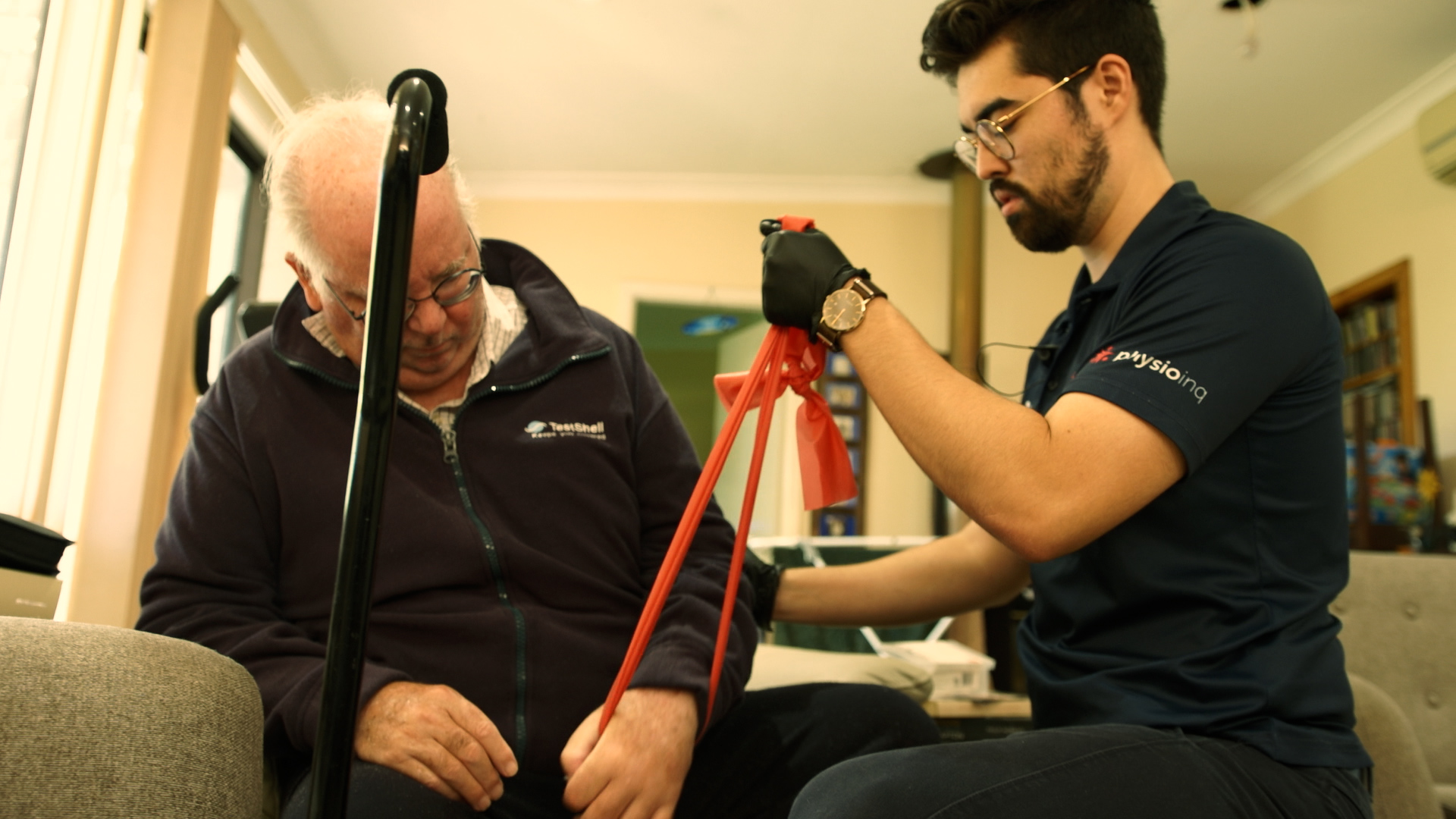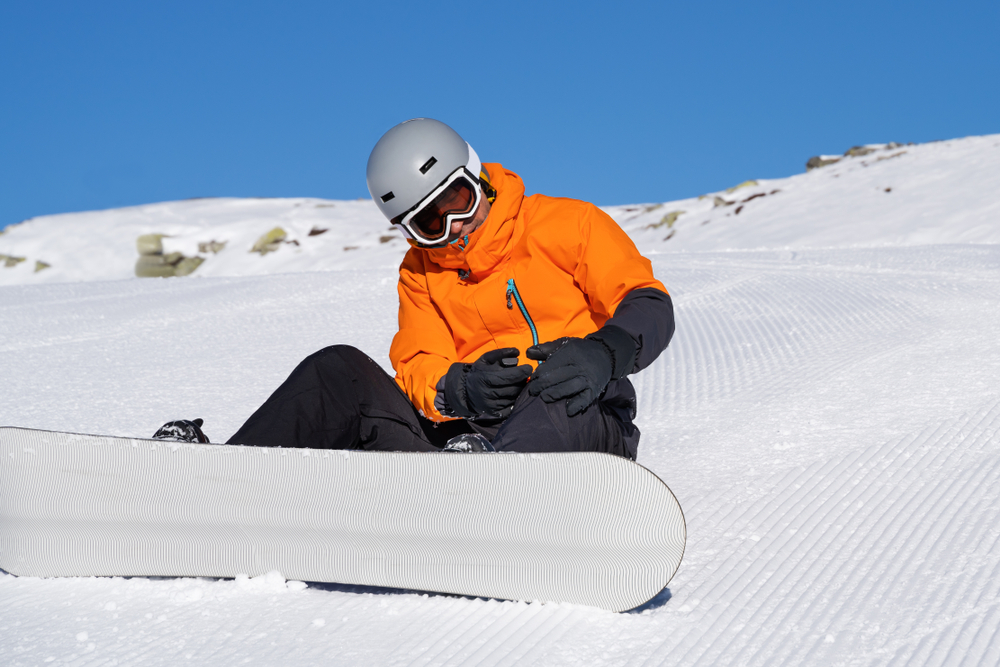Make an Appointment
ITB syndrome, or runner’s knee, (previously called ITB friction syndrome) will give you pain on the outside of the knee. Our physiotherapists frequently diagnose and treat this condition based on your individual history, goals and some manual tests.
What is ITB syndrome?
We now know that ITB syndrome:
- Is a compression injury NOT a friction injury.
- Causes pain from the compression of highly sensitive tissue beneath the ITB.
- People find it surprising that it’s not due to having a tight ITB. Actually, the ITB needs to be tight to do its job of energy storage and return (plyometrics).
Who’s at risk?
Sudden changes in load “too much too soon” is a common reason for the onset of ITB pain. Deficits such as poor hip control, and external factors such as doing trail running, can also increase your risk of injury.
- Men more than women
- Novice more than long term runners
- Increasing load too quickly
- Downhill runners
- Runners with a narrow stance
- Runners with a low cadence
- Trail runners more that road runners due to having a narrow stance width, and running downhill more!
Treatment of Runners Knee
Our physiotherapists can help you through a treatment plan that involves:
- Modifying loading
- Modifying foam rolling technique
- Exercises like split squats and plyometrics. I show you some in this video:
- Then we would guide you through a specific plan to increase training (cadence, step width, hills & trails) by around 10% weekly.
If you’re worried that you may have developed runner’s knee, our Physio Inq physiotherapists can help with a specialised treatment plan just for you.
Call us today or book online for your next appointment. We look forward to helping you move better and live a life with less limits!
Date Published: Tuesday, October 22, 2019
Locate a Mobile Physiotherapy
Service Near me
Get the experience & convinence you deserve to support your or a loved one's allied health needs.
Our Mobile Physiotherapy team are currently serving & taking appointments in the following states and regions in Australia:
Need to get into direct contact with ur Client Services team? We're all ears. Call our team directly on 1300 731 733










